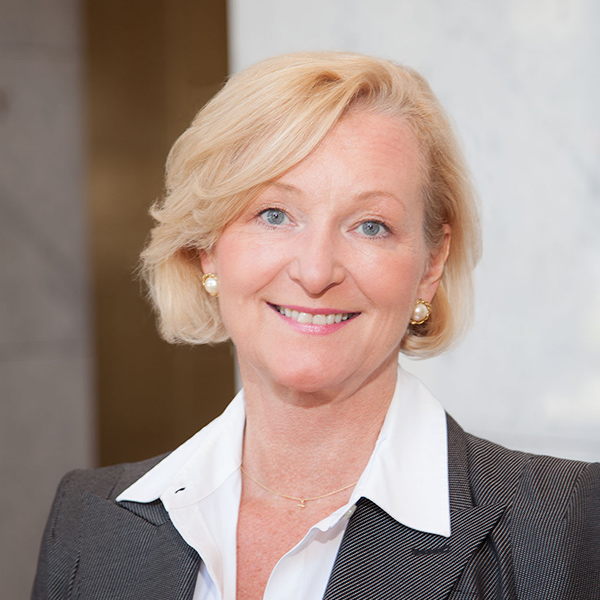
Video | Dec 2018
Innovation and Diverse Ideas
Ep. 6: One role of the board is to help encourage a culture of innovation and diverse thinking across the organization.
Transcript
Melissa: What is the board's role as it relates to innovation in an organization?
Jan: Yeah, you know, I think there are few things ... You can kind of parse out two pieces. In one respect, it is the board's role to get out of the way. The get out of the way part of their responsibility is to create safe space for failure, for an understanding of the hard dollar and soft dollar costs that are necessary for innovation, a little bit of leeway on how you do budgeting and how you do upside over budget, recognizing that more currently is not always better. There is a difference between optimal results and maximum results.
Aalap: Right.
Jan: I think there's also this sort of more positive side of the board's role which is to actually help encourage innovation. That's around things like helping to bring new and fresh perspectives.
The whole reason when you look around a board room, it isn't just a table full of other people in the same industry, is because ideally the diversity of experiences helps a CEO think outside the box a little bit. It's partly, how does the board proactively help around innovation by helping to bring ideas from outside of the industry into the board room? Partly, it's how does the board help the CEO, even if it's only in those once-a-quarter meetings, help the CEO take a little, tiny timeout from his or her day to day operational responsibility to think a little more blue sky.
It's really hard, even in our own jobs we've been there, right? You're in the weeds, in the weeds, in the weeds, it's really hard to pull your head up and look around and see what's down the road a mile. Yet, I think that's something a board can do, is to help a CEO take a step back, take a deep breath, and say, "No, no, no, forget about the quarter, forget about the budget, forget about current day-to-day operations. Let's talk about what's a year down the road? Three years down the road? Let's talk about what's happening over here in this industry? Let's talk about whether we think there's any potential that we get Amazon'd or Uber'd? What does being Amazon'd or Uber'd in our industry look like?
Aalap: Right.
Melissa: There is an interesting example of a company who set up an innovation committee of the board and they decided, it was a medical device organization, so they decided that they needed all medical device or medical-related board members to sit on it. They had about three members at the beginning, and then they added another non-medical director over time, and then they added another. What they found out from doing it, their first thought process was, "Well, only those who know this industry can have a good idea so will be in the innovation committee." When they added people who didn't have the same backgrounds as they did, they realized, "Wow, it was much more of a robust conversation around innovation in that particular industry," even though that person didn't have a medical background, that kind of thing. They were able to riff off each other and ask pointed questions and come up with different ideas. It's kind of interesting that we all think that everyone needs to have the same background to be able to be creative and think about new and different ideas, yet it's actually quite the opposite.
Aalap: That's your competitive edge.
Jan: Diversification is the first thing you do to minimize risk, right? Yet, when we talk about people talent, whether it's the composition of the management team or the composition of the board or anything else, diversity is bad, diversity is change, diversity is uncomfortable. Nobody ever actually talks about it as a risk mitigator and it is.
Aalap: Going back to this example that you were talking about the medical device company, what is fantastic about this diverse opinion that occurs is that now you have that happening, the diverse opinion on the board, but I think the board of that company can even go further and say, "Hey, we as board members also have our own biases." If they were to make it a point as part of that innovation committee to solicit more feedback from external stake holders, so patients that are using those medical devices, and researchers in academia that are tapped into new cutting-edge type of technology to deal with those same ailments that their medical devices try to solve, and bring that, not necessarily have them be members of the committee per se but bring that knowledge into the innovation committee. It would also be very well served.

